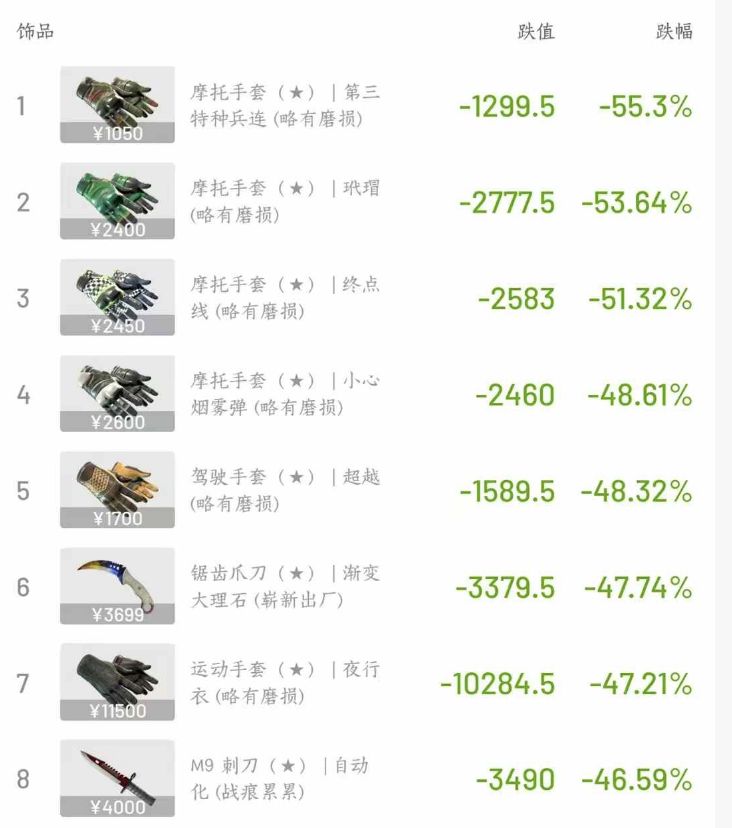Bitcoin blockspace isn’t too expensive, you’re just too cheap
Financial freedom and self-sovereignty don’t come cheap, as anyone using a cryptocurrency in 2023 will attest
Crypto is stuck on a forever problem: Blockchains are too expensive when lots of people want to use them at the same time.
Except, it doesn’t have to be that way. Blockchains can be easily scaled with some old-fashioned cognitive reframing.
The fees aren’t out of control — it’s jusT price discovery.
Inscriptions are some of the purest forms of implied digital scarcity in the crypto space today. It used to be that crypto investing meant betting that a blockchain with its own mascot dog would probably be pretty valuable.
That devolved into gambling that tokens with only their own mascot dogs and little else might be worth even more. NFTs then made it possible to do away with the crypto altogether and just fractionalize the dog.
Now, a few lines of code and the whiff of a new digital asset class is all it takes to send fee markets haywire.
It would surely suck to get stuck in a situation where you must send bitcoin immediately or else. Same for any of the other cryptocurrencies which have suddenly become more expensive to use.
One could see high fees as a problem, even though they’re currently helping miners (and validators in the case of the other blockchains) pay the bills and expand their infrastructure.
Read more: Ordinals are driving up Bitcoin fees — but that may be good for the network
It could be that inscriptions continue to explode in popularity from here. Or, some other type of digital asset could meme into existence sometime down the road and overtake them altogether. Demand to move actual bitcoin around might even dwindle alongside those phenomena.
Veteran Bitcoiner Adam Back sees the high fees as an opportunity to shift some activity to other networks
Nearly a decade ago, Bitcoin developers, miners and community members were torn over whether projects like currency layer Mastercoin and proto-collectible protocol Counterparty constituted spam.
Counterparty tokens are on-chain NFTs which can be traded peer-to-peer, spiritually similar to the Ordinals clogging up the bitcoin blockchain today.
Mastercoin’s initial coin offerings were meanwhile some of crypto’s first ever token sales, allowing companies and other projects to bootstrap by raising bitcoin in exchange for a new, tailor-made cryptocurrency.
Both relied on writing extra data to the Bitcoin blockchain, which now takes up more than 500GB in disk space. Growth in the size of the chain has been mostly linear, but has still doubled over the past three years. For scale, Bitcoin only took up about 20GB when Counterparty and Mastercoin were still relevant.
(Counterparty, mostly known for the RAREPEPE phenomenon from 2017, is still being developed, although usage has diminished drastically in favor of NFTs. Mastercoin eventually became Bitcoin’s Omni layer, where stablecoin Tether lived initially. Tether dropped support for Omni in August, citing lack of demand for the network.)
 Average bitcoin fees are spiking, but they’re still not as bad as in 2021 (source: BitInfoCharts)
Average bitcoin fees are spiking, but they’re still not as bad as in 2021 (source: BitInfoCharts)
The computers that keep Bitcoin up and running need to store all that data. Maintaining a server powerful enough to handle a half-terabyte hard disk isn’t really all that difficult or expensive in this day and age, but the process does require some planning.
But Bitcoin, like all other blockchain networks, would be better if it had more full nodes (short for “fully-validating nodes”).
A more distributed system, by way of machines checking the ledger from all over the globe, wouldn’t boost the number of transactions processed each block (thereby helping with its current backlog of 300,000 transactions). But it would technically make the network more resilient.
After all, if, for whatever reason, all Bitcoin full nodes were located in Texas during one of its patented winter power outages, users overall would be forced to wait until those nodes came back online to ensure their transactions were fully confirmed by the network.
Bitcoin wouldn’t go down per se — the network is online so long miners solve blocks — but its trustworthiness would be murky in this very hypothetical scenario.
Of course, it’s totally unlikely that Bitcoin nodes would be concentrated in one location to such an extreme degree. Regardless, the system is stronger when full nodes are spread out, preferably maintained by different independent entities.
If you think transaction fees are high, then that’s on you
Chain bloat is a gradual concern that only really affects the system administrators running Bitcoin nodes, whether as a hobby or through servicing the crypto ecosystem through wallets, explorers, exchanges and whatnot.
The end user doesn’t really feel the size of the Bitcoin blockchain. But they do tend to notice when they pay $25 to have their transactions added to its dataset — as was the case for the average fee over the past week, compared to less than $2 only two months ago.
Transaction fees and the size of the blockchain aren’t at all correlated (transaction fees don’t increase as the chain gets bigger). Instead, transaction fees are high when users are outbidding each other to have their data added to Bitcoin as soon as possible.
Only so much transactional data fit into each Bitcoin block, initially 1MB, but SegWit stretched that number to around 4MB. Miners tend to wedge the most lucrative transactions together into a block, maximizing fees they would earn if they solve the next one.
Users willing to pay more will be given priority. Today, someone offering less than $3 in fees could wait days or even weeks for their transaction to go through. Pay closer to $10 and it might only take a couple hours.
Almost 30% of Bitcoin blockspace is currently made up of Ordinals — individual bitcoin units (satoshis) that have been customized with unique data like digital art, voice files or even browser-compilable code to DOOM clones and the like. That’s up from zero percent this time last year, before bitcoin developer Casey Rodarmor discovered that inscriptions were possible.
Not all inscriptions are the sameIt’s unfortunately unclear how that compares to the blockspace taken up by Mastercoin and Counterparty in their heydays. But the concern around whether inscriptions are unnecessary spam mirrors the worries around Counterparty and Mastercoin to a tee, proving little in crypto is new under the sun.
Still, most of the Ordinals activity relates to minting BRC-20 tokens — Bitcoin’s answer to Ethereum’s ERC-20s, except with far less utility. Many BRC-20s are a basic set of database entries: a ticker name, total supply and not much else, while others feature more complicated smart contract-style logic.
Similar inscriptions have since shown up on a slew of blockchains, including Dogecoin, Litecoin, Avalanche, Ethereum and Solana, spiking their transaction fees.
Even layer-2 blockchain zkSync Era — which is meant to help divert traffic from the Ethereum mainnet — felt its own major influx of inscriptions over the past few days, wreaking havoc for its blockchain explorers.
The world where the bulk of the human population transacts in Bitcoin every day still feels further away the higher fees get.
Money — as in the cash we use in our physical world — doesn’t usually cost anything to use, especially peer-to-peer. But the reality is that Bitcoin is expensive to use because people want to use it. Whatever the cost, the price is right as long as someone is willing to pay it.
In all scenarios involving increased Bitcoin adoption, whether as money or as a network for trading dumb pseudo-collectibles, transaction fees would continue to climb alongside demand for blockspace.
At that point, all that can be said is that the market has discovered the price of transacting on an independent financial network with little-to-no threat of censorship.
If you or your users have been priced out of that equation along the way, then maybe you just don’t value the networks as highly as you should.
After all, if you don’t pay any fees, does anything of value happen at all?
Don’t miss the next big story – join our free daily newsletter .
- Bitcoin
- Ordinals
- transaction fees
Disclaimer: The content of this article solely reflects the author's opinion and does not represent the platform in any capacity. This article is not intended to serve as a reference for making investment decisions.
You may also like
Experiencing the 10.11 crypto black swan and the CS2 skin market crash, I discovered the death trap of "middlemen"
You think you're profiting from arbitrage, but in reality, you're paying for systemic risk.

PENGU Eyes $0.027 Breakout as Accumulation Phase Strengthens

Shiba Inu Whales Pile In as SHIB Targets $0.0000235 Breakout

Ripple Completes $1.25B Hidden Road Acquisition and Officially Launches Ripple Prime for Institutional Clients

